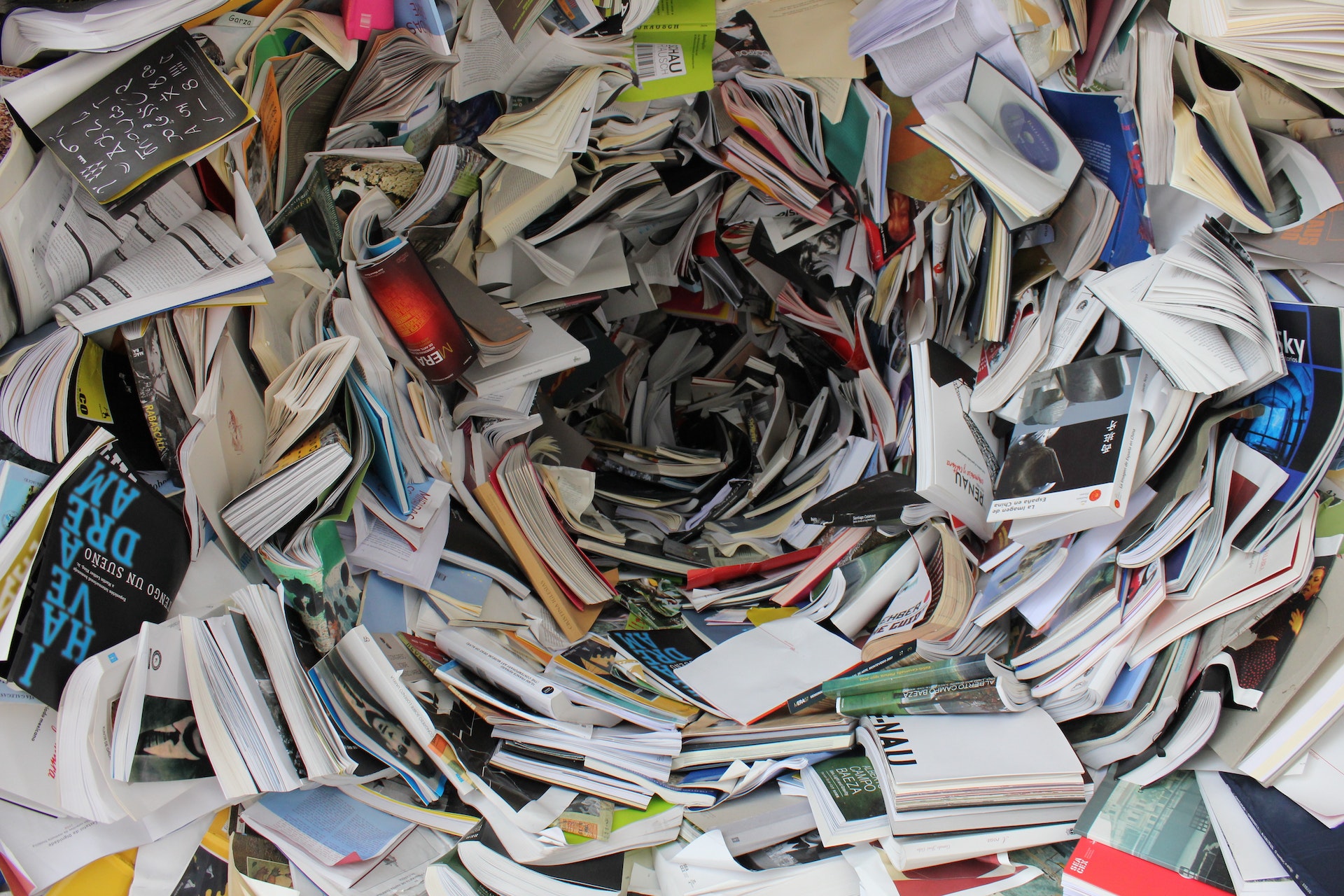
A recent increase in paper mill publishing activity has led to an increasing number of retractions among global scholarly publishers. This, in turn, makes science and scientists look unreliable, causes the waste of resources, and can even endanger the health of medical patients. Journals are currently seeking better ways to quicky identify fraudulent articles; however, researchers need to be aware of the issue and ways they can protect their own work.
What are paper mills?
Paper mills are “third party services that create on-demand academic papers, produce scientific papers for academics who do not have the skills to conduct their own research, the intellectual capacity to write their own papers, or the integrity needed to resist the temptation of cheating1.” They provide an easy road to publication and offer authorship for a fee.
Fraudulent paper mill articles are not always easy to identify, and thus are regularly published in scholarly peer-reviewed journals. The concern that there may be thousands of these suspect papers published in respected journals in all disciplines erodes the confidence of subsequent researchers who build their work on them.
How journals identify paper mill articles
Scholarly journals have become increasingly aware of paper mill articles and are working to identify them more quickly to avoid publishing them or retracting them if already published.
Here are some red flags journals use to identify suspect submissions.
- Topic: Paper mill articles have historically appeared most often in the fields of molecular and cellular biology, although they are increasing in all disciplines2.
- Affiliations: The authors listed on paper mill articles are often not associated with a specific university, or their departments do not seem to match with the research topic.
- Layout: Paper mill articles tend to have similar layouts, with slight variations in titles, graphs, and formats. Some seem to be based on a single template with small changes to make them appear to be different.
- Non-institutional email addresses: This also makes it difficult to verify the authors’ identities when requesting additional information or data.
- Provided data: When asked to share their data, providers of paper mill papers often deliver large amounts of unorganized data that require special software to access3.
Unfortunately, paper mill articles are often difficult to identify during the normal submission process; they adhere to author guidelines, are written in correct English, and pass plagiarism checks. In addition, peer-reviewers don’t routinely review studies with a mindset of suspecting fraudulent data or research1.
Oftentimes the identification does not occur until the paper has been published, at which time action is taken to retract the article. As it is better to be able to identify suspicious articles prior to publication, publishers have begun to take additional measures to protect the integrity of their journals and discipline.
Many publishers have started hiring teams of people to investigate submissions and identify suspicious articles as soon as possible and take the proper action. One journal trained analysts to screen submissions across 24 journals4, as it is often easier to identify paper mill articles in groups than when looking at them individually. This is because similar patterns can be seen across multiple articles that might be overlooked in a single manuscript.
Because of this realization, publishers are now also working to create software to help automate the screening process. Many have partnered with research groups to develop programs that will identify similarities, especially duplicated images, between articles across journals4. However, this approach will have limited success unless and until it can be applied across a large number of journals.
How research authors can identify retracted papers
Given that many suspect articles are not identified until after they are published, how can current research authors find retracted articles and avoid citing them in their own research? In one 2020 study5, a fraudulent clinical study was being cited 11 years after the article was retracted. Here are several methods research authors can use to identify retracted papers6.
- Journal websites – Retracted articles are usually identified as such through an indicator in the article’s title.
- Retraction Watch Database – Founded by two scientists, this database has become a well-known and frequently used resource for identifying retracted articles.
- Reference management tools – Some reference management tools, such as Zotero, have integrated Reaction Watch Database data into their products.
- Scite Reference Check – A new automated tool, Scite scans the PDFs of new articles for references to retracted articles and produces a report. Authors can run their article through this check to determine if any citations have been flagged.
Research authors must always be aware of the existence of paper mill research and take all necessary precautions to avoid the propagation of fraudulent data and information. In this way, the integrity of scientific research can be protected.
References
- Teixeira da Silva, J. Paper mills and on-demand publishing: Risks to the integrity of journal indexing and metrics. Medical Journal Armed Forces India. 2021, 77, 119-120.
- COPE & STM. Paper Mills — Research report from COPE & STM — English. 2022. https://doi.org/10.24318/jtbG8IHL
- Potential “paper mills” and what to do about them – a publisher’s perspective. https://publicationethics.org/publishers-perspective-paper-mills [Accessed October 21, 2022]
- Else, H., Van Noorden, R. The fight against fake-paper factories that churn out sham science. 2021. https://www.nature.com/articles/d41586-021-00733-5 [Accessed October 21, 2022]
- Schneider, J., Ye, D., Hill, A.M. et al. Continued post-retraction citation of a fraudulent clinical trial report, 11 years after it was retracted for falsifying data. 2020, 125, 2877–2913 https://doi.org/10.1007/s11192-020-03631-1
- Hong Kong University of Science and Technology Research Bridge. How to avoid citing retracted papers by mistake. https://library.hkust.edu.hk/sc/avoid-citing-retracted-papers/ [Accessed October 21, 2022]

